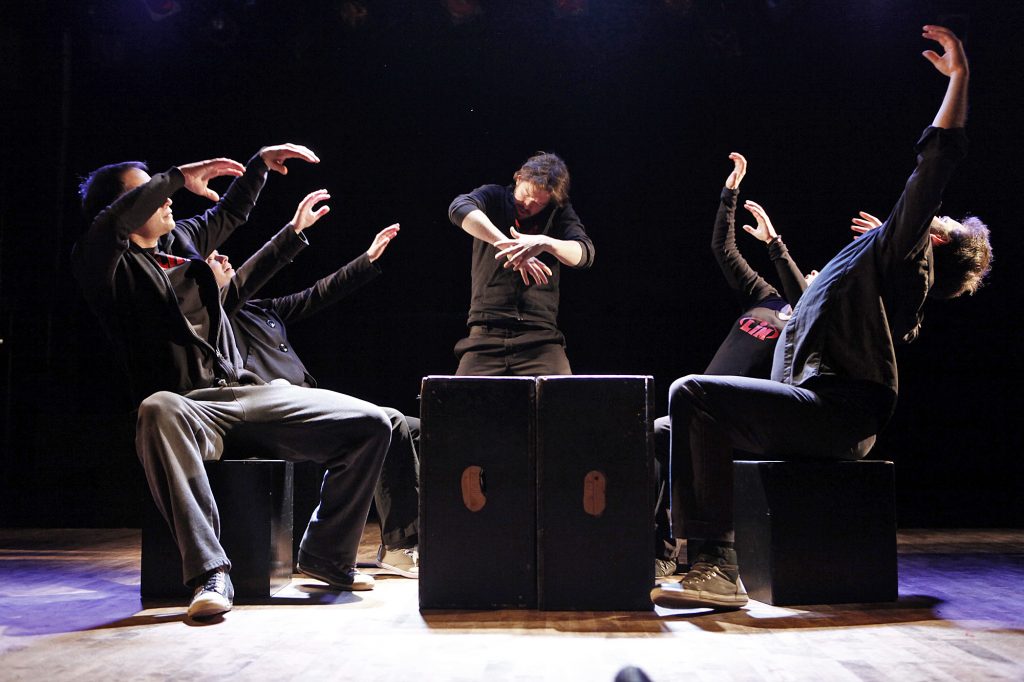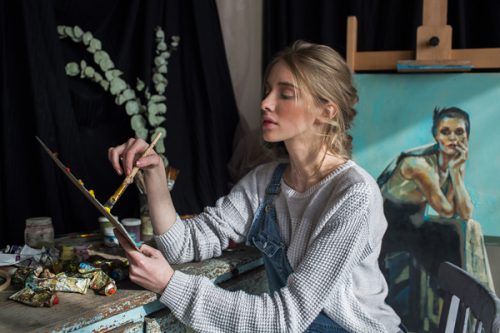Month: February 2019
Online Therapy: The Use Of Art In Achieving Mental Health
February 26, 2019
There are times when an individual has a mental illness is not aware of it. He sometimes assumes that his condition is only stress-associated. He somehow doesn’t even bother to consider seeking professional help. Not only does he believe asking for an expert’s advice is a waste of money; a person often feels they can handle their psychological state on their own. But some are dedicated enough to consider online therapy for that matter.
Online therapy is something that takes away the stigma of asking for mental health advice. Since it is easy, accessible, and affordable, it becomes part of the system that caters to the individuals’ psychological evaluation. There are a lot of types to choose from that fits every person’s needs. And that includes the utilization of art which supports the achievement of mental health wellness.

Source: pixabay.com
Art Therapy
The process of art therapy breaks the mold of treatment because it doesn’t require answering specific questions. It is a cheap and safe alternative to cope and recover from a significant mental health condition. That’s because it doesn’t compromise physiological health factors. It comes in many forms and all of which appears to have a role in different situations.
According to Cathy Malchiodi, PhD, LPCC, LPAT, ATR-BC, REAT, “Art, music, dance, drama, and poetry therapies are referred to as ‘creative arts therapies’ because of their roots in the arts and theories of creativity.” “Expressive arts therapies are defined as the use of art, music, drama, dance/movement, poetry/creative writing, bibliotherapy, play, and sandplay within the context of psychotherapy, counseling, rehabilitation, or medicine.”
Types Of Art Therapy
Theatre
According to Michael Karson, Ph.D., professor of psychology at the University of Denver, “Theater refers to communication that is shown rather than told to the therapist. It’s often a form of projective identification, where the patient shows the therapist what they’re feeling by getting the therapist to feel it instead.”
There’s an improvised game in theatrical therapy that allows the therapist to have a better understanding of what their patients are experiencing. The process supports the expression of more than one underlying issues hidden within the patient’s subconscious. It helps in venting out emotions so a person can act happy and start to feel better throughout a course of time. Since theatrical therapy allows a person to communicate and interact with other individuals, it creates a friendly atmosphere that supports better social engagement.

Source: wikimedia.org
Dance
Dance therapy works similarly to exercise. It allows a bodily movement that supports the proper circulation of the blood and boosts brain development. The process of free-style dancing aids the therapist to analyze and evaluate the patient’s subconscious through his physical movements. It becomes useful in venting out or telling a story of life experiences and struggles. There are specific dancing styles that shape a person’s mind to assist in mental health stability.
Music
“Music therapy is a well-recognized clinical intervention that uses music within a therapeutic process to assist the patient in identifying and dealing with social, cognitive, emotional, or physical concerns,” wrote Wayne Jonas, M.D.
Musical therapy is one the advantageous type of art therapy. It gets broken down to three particular ways such as listening, performing, and creating. But while it helps in aiding mental health issues, it is important to note that different genres affect various people and their conditions as well. Listening to certain classical and slow music can become useful for other individuals, but it doesn’t guarantee to work the same to others. Therefore, there should be a collection of information on what type of genre best fits an individual. Creating, on the other hand, allows a person to express himself with the use of his emotions. It doesn’t necessarily require him to have potential in the specific type of art. As long as he can manage to share his stories through his creation, it is already enough. Lastly, performing is a beautiful activity that guarantees stress relief. It boosts self-confidence, and it allows comfortability in one’s self.
Visual Art
Visual art takes a broad category due to its different kinds of medium. These include sketching, writing, painting, and sculpting. With the help of these particular visual art creations, the therapist can assist an individual’s subconscious by going through an analysis. The patient’s production along with its specific shapes and colors reveals a lot about him. From there, it becomes identifiable as to how his mental health can proceed to recovery from such degenerative issues. Visual art supports less stressful procedure of mental health treatment. That’s the reason why it is often one of the best ways that get administered by an online therapist.

Source: pexels.com
Art therapy can be different for a lot of people. Aside from its focus to support self-realization, it also allows a buildup of skills in communication. It helps in better development of emotions and memory. Since it ranges from theatre, music, dancing, and visual arts, it can sustain the different needs of every individual that has a common goal of mental health recovery. There are no known adverse side-effects to art therapy, so it is a beautiful way to uncover the underlying issues of an individual’s subconscious.